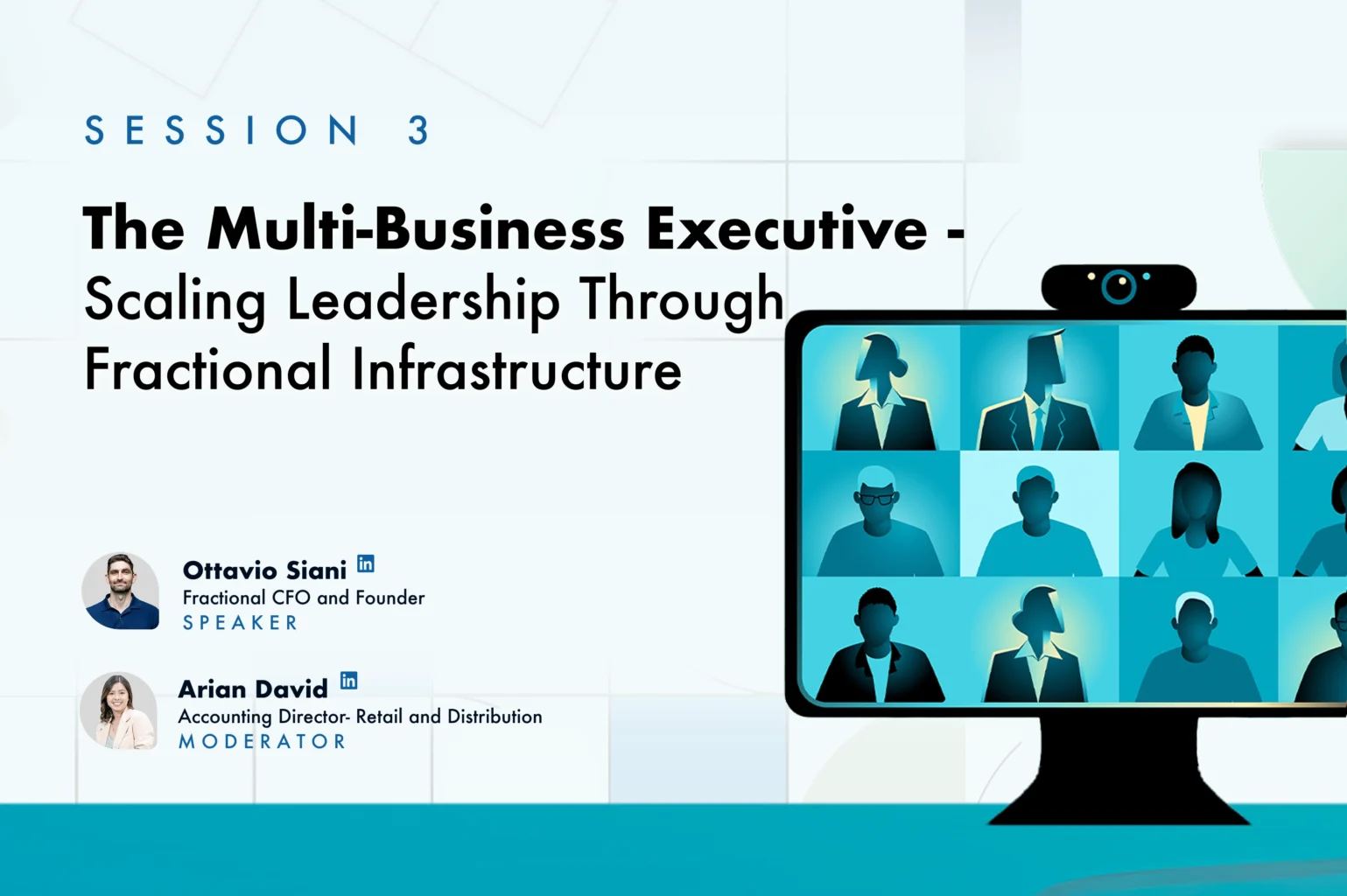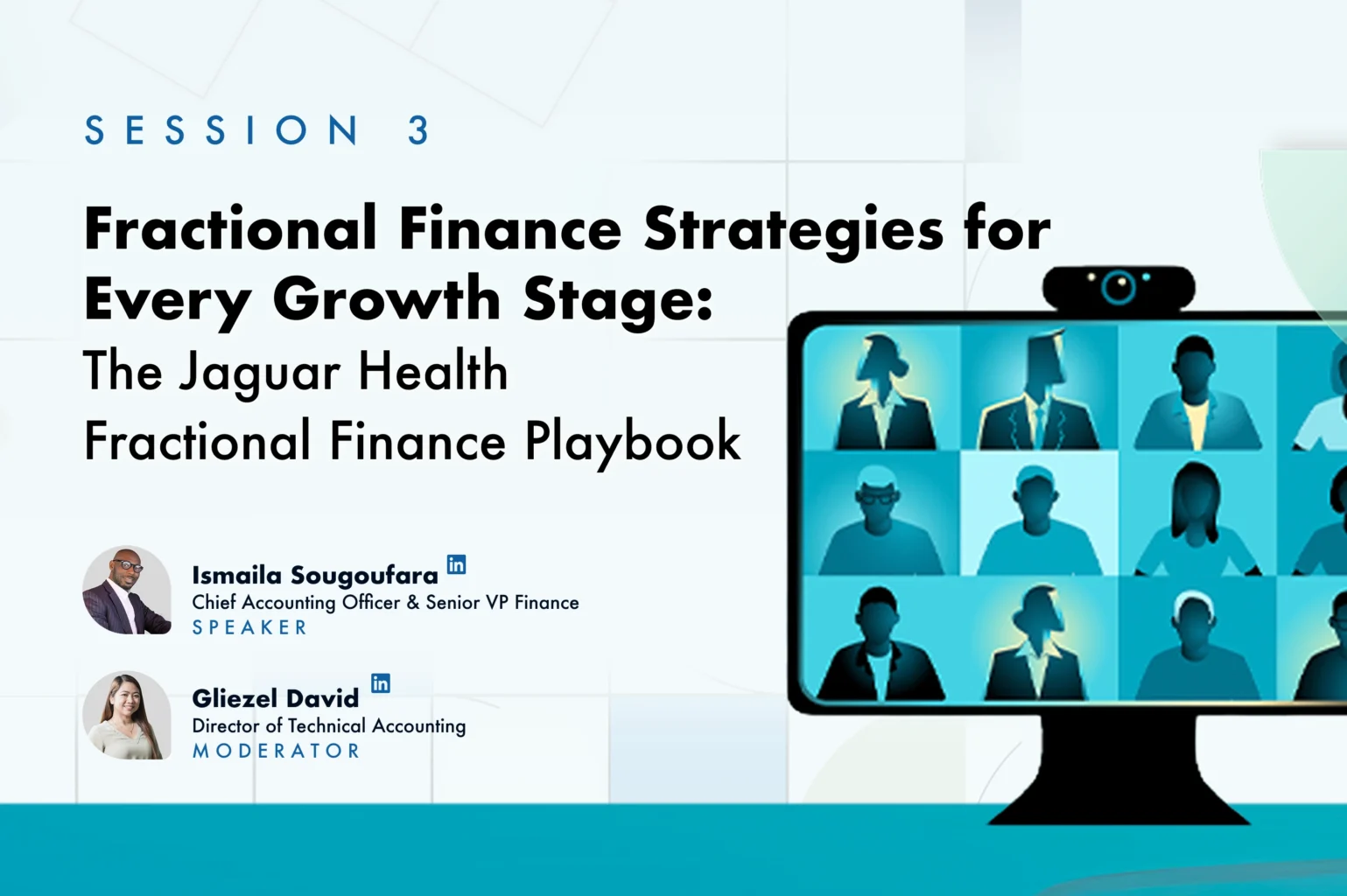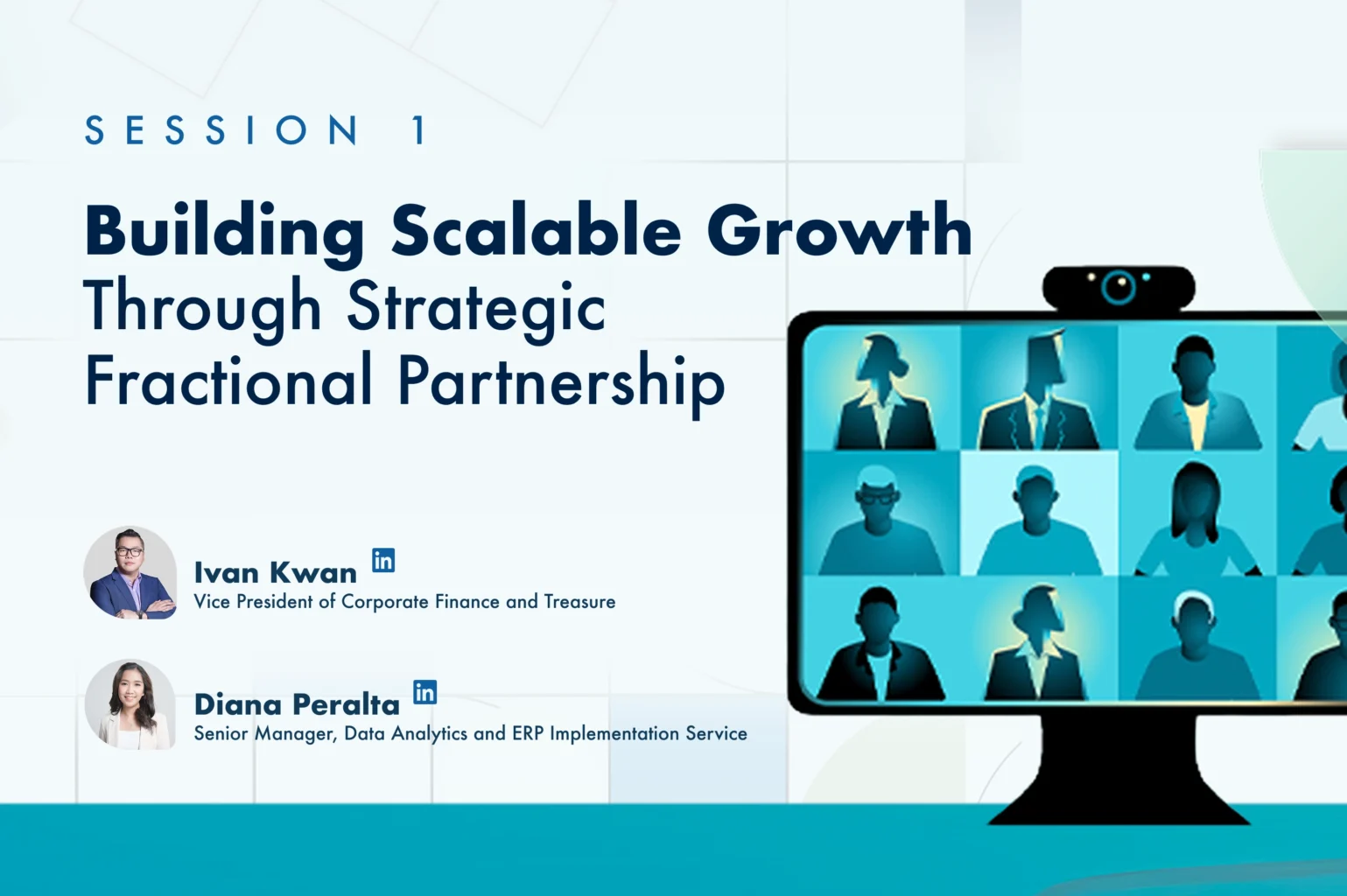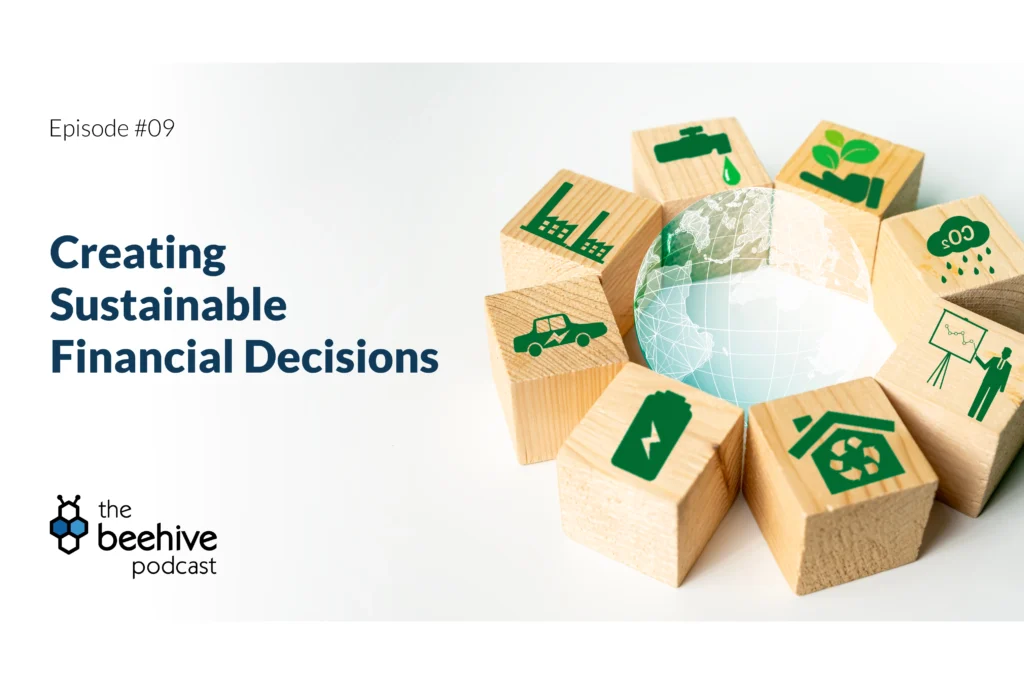Building Financial Resilience in an Uncertain Landscape
- Proactive Cash Flow Management: Cash flow gaps are a common challenge, especially with grant delays or unpredictable disbursements. Satoshi emphasized the importance of long-term forecasting. “I recommend that you look out at a minimum 18 months because things that happen today will affect things that don’t seem important at the moment but will be critical further down the road in terms of lines of credit,” he said. He added that being conservative with revenue assumptions is essential to avoid overcommitting.
Marta suggested staying vigilant with receivables and communicating proactively with funders: “We are finding with some of our clients that they may be experiencing delays because other organizations they’re working with may have cash flow issues as well. So, knowing who tends to run late and staying on top of them, making sure they have the documentation they need, is important.”
- Use Scenario Planning: Marta advised that financial planning should go hand in hand with scenario planning to identify areas where your nonprofit may be overextended or misaligned with current needs. Marta highlighted a nonprofit she’d worked with recently on scenario planning. “They hadn’t really thought about the fact that they had excess square footage and excess geographies and where they had their real estate because the demographics had changed. They were just kind of humming along, and now they have to look at things like that,” she said. “So, wherever you can, reconsider where the dollars are going.”
Scenario planning is also valuable for uncovering potential gaps in risk and SOX compliance, helping organizations proactively manage both operational and regulatory vulnerabilities. In some cases, leveraging real estate accounting solutions can further optimize financial strategies tied to property and location-based assets.
- Build Your Operating Reserves: The panelists advised budgeting for the full cost of operations, including liquidity, reinvestment, and reserves. “Don’t just budget to meet your day-to-day needs,” said Satoshi. “Budget beyond that so that you’re building capacity for your organization.”
While it takes time and discipline to establish reserves, doing so will give you greater flexibility and sustainability, especially in times of financial strain.
Scaling Strategically
The panelists cautioned nonprofits against scaling too quickly. It’s crucial to approach scaling with strategic intention and financial discipline. “What often triggers rapid expansion is that a source of funding landed in your lap,” explained Satoshi. “But you need to separate the impact of that restricted grant and still understand what your operations are doing for you.” In other words, nonprofits must resist the temptation to scale just because the money is available. Instead, leaders need to evaluate whether the growth opportunity aligns with their core mission and whether your infrastructure can support it long-term.
Marta echoed this point. “You don’t want to experience mission drift based on a financial opportunity,” she said. “It really needs to serve the needs of your constituents. Why are you in business? What gap are you trying to fill?”
Diversification also plays a role. Marta described a nonprofit that expanded its programs because it could tap into earned revenue. “Because there was an earned revenue component they could capitalize on, it wasn’t all going to lean on the charitable revenue side,” she said. “The opportunity to scale that earned revenue piece made a lot of sense for them.”
Outsourcing for Flexibility and Expertise
“Rather than carrying significant headcount, you can provide [flexibility] by outsourcing some of the typical functions that an organization needs,” Satoshi said. “In our case, Scrubbed is one of the tools we use to outsource. I have the flexibility to spend more, spend less depending on the needs of the organization, and don’t have to deal with the pain of hiring and laying off.”
Marta echoed the benefits, especially for smaller organizations: “There are some outside accounting firms that do specialize in small nonprofits and do the outsourcing of the controller role, and we’ve seen some great success. It can be much less expensive than hiring.”
Diversifying Revenue Streams for Long-Term Stability
In the Q&A section of the webinar, Revenue diversification emerged as the top financial challenge for attendees. Marta encouraged them to look at the whole picture, saying, “The right mix depends on the organization, and the right mix today may not be the right mix down the road.” She advised starting with your existing relationships and data: “You might start by looking at your existing data to see where you have the easiest inroad or the lowest hanging fruit… and slowly, strategically use your time to build out the sources.”
She also highlighted the growing potential of donor-advised funds (DAFs) and the importance of relationship-building: “All of this takes time. Anything on the charitable revenue side, whether it’s grant writing, cultivating and stewarding donors, or corporate sponsorships, is relationship building and takes time.”
Satoshi noted that true diversification is more than balancing grants and earned income. “I’m making sure that we have diversification across various revenue streams with various services in terms of where and who we sell to,” he said. “And the same thing on the fundraising side – do I have diversification in terms of individual donors versus corporate donors versus grants?”
Engaging Your Board in Financial Success
From financial oversight to fundraising support, board members play a pivotal role in an organization’s financial health and both Marta and Satoshi noted that this can be hard for board members. Finding out where board members are most comfortable and creating scripts or specific assignments can be helpful.
“We provide tools in the form of a script and opportunities for role-playing,” said Satoshi. “Just because they’re board members and have power and success doesn’t mean they’re comfortable making that ask.” This is where expert guidance, such as corporate finance advisory, can help strengthen board members’ financial understanding and confidence in fulfilling their roles.
Bonus Tip: Don't Be Afraid to Ask for Help
Expert support doesn’t always come at a high price. Marta shared that Dunleavy & Associates offers “Dunleavy Days” where they offer an hour of free thought partnership. She also recommended looking for capacity-building grants or tapping board members who might fund specific needs like financial consulting.
As Satoshi noted, “During stressful times, board members are often willing to provide additional resources to support a specific cost. So that might be an opportunity to find out if they’re willing to learn more about the risks facing the organization.”
Frequently Asked Questions (FAQs)
Start by having open conversations with your key funders, including grantors, major donors, and corporate sponsors, to understand funding risks and identify where potential delays or gaps might come from. It’s also helpful to consult experts in federal or government funding to stay ahead of policy shifts. Internally, regularly review your costs, think about postponing any non-essential spending, and use scenario planning to prepare for different funding outcomes.
Build your budget with conservative revenue projections and be sure to include the full cost of running your organization, not just day-to-day expenses. This means budgeting for liquidity, reserves, and room for reinvestment. Regularly update your budget based on new information from funders and stakeholders. Flexibility comes from developing an informed, scenario-based budget that can evolve and adapt to changes.
Think of reserves as an investment in your organization’s long-term capacity and stability. You don’t need to build reserves overnight but start by budgeting beyond immediate needs and setting aside a little each year. Communicate the importance of reserves with your board and make it a line item in your annual budgeting process.
Use an 18-month (or longer) cash flow forecast to help you identify and plan for potential gaps. Stay on top of accounts receivable and communicate with funders about payment timelines. If you’re considering a line of credit, look for institutions with nonprofit-specific products and compare terms. In a pinch, consider using reserves or board-designated funds as a short-term bridge].
When your fund isn’t tied to just one or two sources, you’re better protected in the event of sudden changes. Start by analyzing your current revenue sources and identify existing supporters or services that can be expanded. You can also explore new channels like donor-advised funds (DAFs), corporate sponsorships, or earned income strategies. Diversification takes time and effort, but even incremental progress can improve your organization’s resilience.
Before jumping into growth mode, make sure you’ve assessed the financial impact of new funding sources and how well they align with your mission. Then, examine the scalability and profitability of each of your programs or services to see where it makes sense to scale. You don’t want a new gift or funding source to cause mission drift. Strategic partnerships or joint ventures can also help you grow without taking on all the risk.
Start by setting clear expectations around the board’s financial responsibilities and provide training to board members, recognizing that not everyone will have the same level of financial expertise. Break down the financial reports, provide easy-to-digest annotated summaries, and give plenty of time for questions and review. The goal is to help your board members feel confident in their oversight role. For fundraising, which may also feel uncomfortable for board members, train and equip them for success by offering scripts, role-playing opportunities, and clearly defined assignments.
Outsourcing provides flexibility, allowing you to scale support up or down without the challenges of hiring or layoffs. It’s often more cost-effective than hiring full-time staff, especially for specialized roles like grant management or financial oversight. Outsourced providers can bring expertise tailored to nonprofits of all sizes, helping you maintain compliance and efficiency.
Some consultants offer limited pro bono hours or free strategy sessions. It’s also worth looking into capacity-building grants in your region, which can sometimes be used to hire consultants for strategic planning or development support. And don’t overlook board members who may also be willing to fund specific consulting support during challenging times.
Your Path Forward
Financial resilience doesn’t happen overnight. But with careful planning, open communication, and the right strategies, nonprofits can weather the uncertainty.
If you missed the webinar, you can take a listen here.
Need help strengthening your nonprofit’s financial foundation? Contact Scrubbed to learn how outsourced finance and accounting services can help you plan, manage, and scale with confidence.








